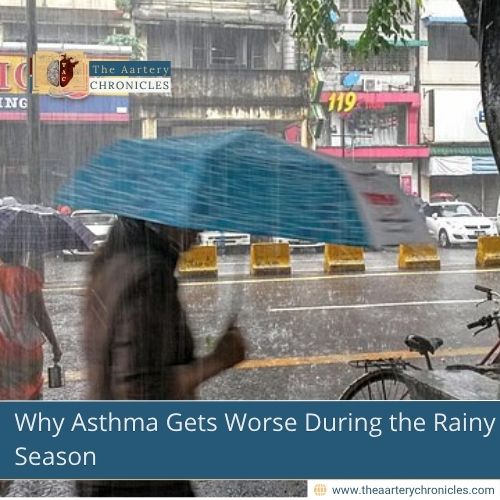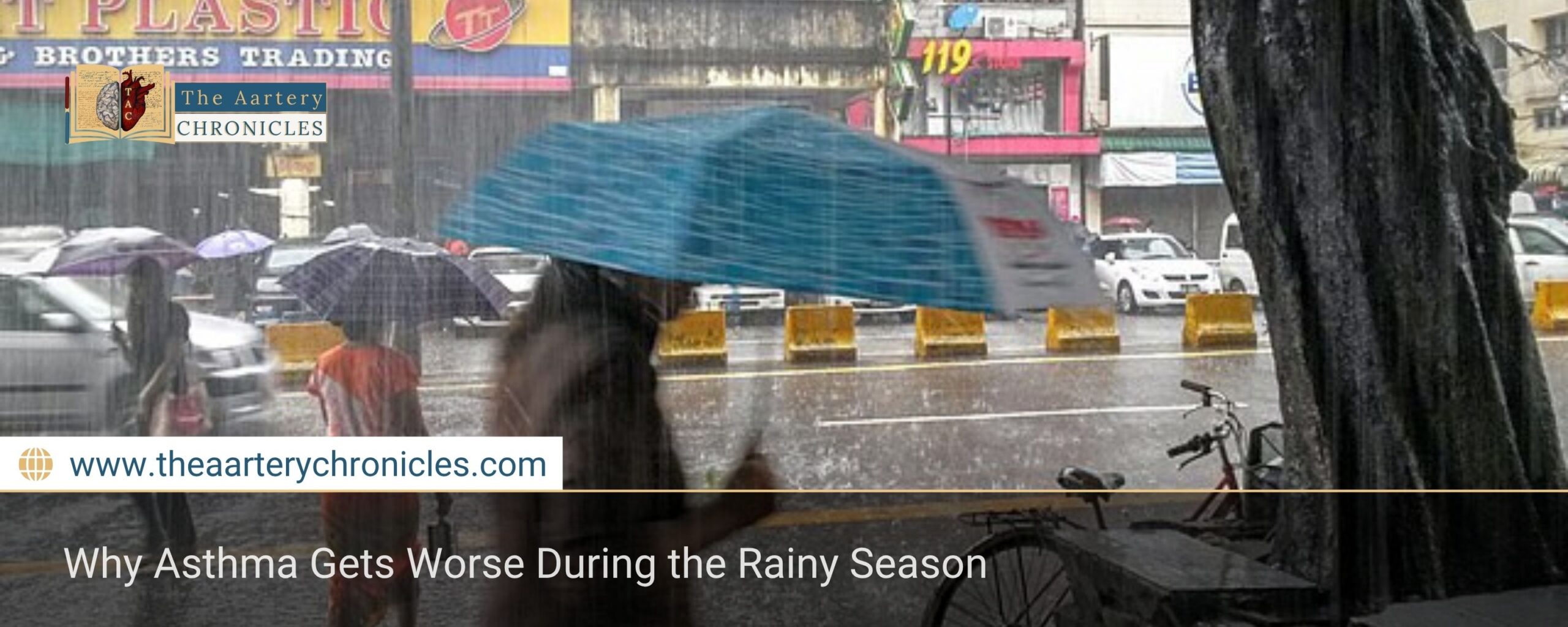

Why Asthma Gets Worse During the Rainy Season
If you find yourself coughing more, wheezing, or reaching for your inhaler more often during the rainy season, you’re not alone. The monsoon can be especially challenging for people with asthma. Increased humidity, hidden allergens like mould and dust mites, and even weather events like thunderstorms can all trigger symptoms or cause sudden flare-ups. This is often called “monsoon asthma.”
How Humidity Affects Your Breathing
Humidity is one of the main reasons why asthma symptoms get worse during the monsoon. When there’s too much moisture in the air, it feels heavier, which can make breathing more difficult, especially for people with asthma. Research, including findings from Medical Channel Asia, shows that high humidity also increases the impact of harmful substances in the air, like formaldehyde. This can cause more swelling and mucus in your lungs, making your airways tighter and leading to coughing, wheezing, or shortness of breath.
Why Your Home Feels Stuffy And Dangerous
During the monsoon, our homes often become damp. This creates the perfect environment for mould and dust mites to grow two major asthma triggers.
- Mould thrives on damp walls, ceilings, carpets, and even furniture. Long-term exposure to mould can lead to more wheezing, coughing, and overall breathing discomfort.
- Dust mites multiply quickly when the humidity is above 60%. These microscopic pests shed particles that are easily inhaled and can irritate the lungs, especially in children and the elderly, who often have weaker immune systems.
Thunderstorm Asthma: A Hidden Danger
Believe it or not, thunderstorms can also make asthma worse. This is called “thunderstorm asthma.” During certain storms, pollen grains in the air break into tiny pieces due to the high wind and moisture. These smaller particles can travel deep into your lungs and cause sudden, severe asthma attacks. There have even been serious outbreaks of thunderstorm asthma in countries like Australia and parts of Europe.
Infections and Pollution: Double Trouble
Another issue during the rainy season is the higher risk of infections. People tend to stay indoors in close contact, which helps viruses like the common cold and flu spread more easily. For someone with asthma, even a minor cold can trigger a serious flare-up.
Also, while rain can clear the air for a short time, it can stir up pollution in cities. Rainwater often mixes with vehicle emissions and industrial fumes, creating harmful particles that worsen air quality and irritate sensitive airways.
How to Manage Asthma During the Monsoon
- Keep Indoor Humidity in Check
- Clean Regularly to Control Allergens
- Monitor Weather and Air Quality
- Stick to Your Asthma Treatment Plan
- Stay Hydrated and Healthy
Contact your doctor or seek emergency care if you notice:
- More frequent wheezing or chest tightness
- Using your inhaler more than usual
- Shortness of breath that makes it hard to speak in full sentences
Conclusion
Managing asthma during the monsoon can feel challenging, but it’s not impossible. By understanding the triggers like humidity, mould, dust mites, and pollution and by taking a few preventive steps, you can protect your lungs and reduce your risk of flare-ups.
Most importantly, follow your doctor’s advice, maintain a clean indoor environment, and stay alert to weather and air quality changes. With the right care and awareness, you can enjoy the rainy season safely without letting asthma control your life.
Source: Inputs from various media Sources

Priya Bairagi
Reviewed by Dr Aarti Nehra (MBBS, MMST)
I’m a pharmacist with a strong background in health sciences. I hold a BSc from Delhi University and a pharmacy degree from PDM University. I write articles and daily health news while interviewing doctors to bring you the latest insights. In my free time, you’ll find me at the gym or lost in a sci-fi novel.








